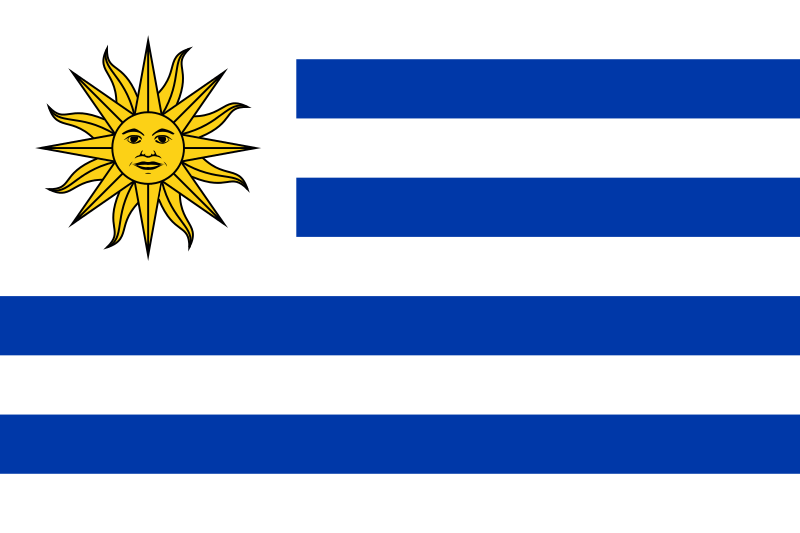 During the Middle Ages Somalia was the home of several powerful empires or sultanate states, and it is generally believed that in antiquity Somalia was part of a land known as Punt that was an important source of trade to the Ancient Egyptians. The country has (or possibly had; see below) world class beaches, and has one of the worlds best preserved and impressive collections of Neolithic rock art. It also has one of the lowest incidents of adult HIV/AIDS in Africa (as low as 0.7%), attributed primarily to the country's widespread adherence to Islamic beliefs and principals.
During the Middle Ages Somalia was the home of several powerful empires or sultanate states, and it is generally believed that in antiquity Somalia was part of a land known as Punt that was an important source of trade to the Ancient Egyptians. The country has (or possibly had; see below) world class beaches, and has one of the worlds best preserved and impressive collections of Neolithic rock art. It also has one of the lowest incidents of adult HIV/AIDS in Africa (as low as 0.7%), attributed primarily to the country's widespread adherence to Islamic beliefs and principals.But yes...Somalia has long been a land of conflict. In the 1800's the British and Italians each claimed part of the Somali coastline (the longest belonging to a single country in Africa) and by 1920 the British had also claimed the interior of the country by finally defeating the Dervishes (yes, as in 'whirling dervishes'...although strictly the British defeated the Dervish army, which had previously conquered so many of the previous sultanates...).
Somalia enjoyed a little stabilty following the establishment of the Somali Democratic (read 'communist') Republic in 1969 after a coup d'etat by military general Mohammed Siad Barre, who can be credited with the adoption of the first national standard Somali language and writing system (yes, in 1969, hard for some of us other ex-British Empireans to imagine!).
 |
Somalia, not all civil war and pirates; children
swim in a stunning river (www.earthtrek.com) and beautifully preserved rock paintings at Laas Geel caves (mikegreenslade.photoshelter.com). |
outbreak of civil war in 1991, which raged for over a decade and saw the development and dissolution of various autonomous regions, notably Somaliland (which is the only region Lonely Planet advises you to visit, mentioning that the necessary armed guards are much cheaper to hire there than in the capital). Civil unrest in Somalia continues to this day despite a permanent federal goverment being established in 2012.
One last thing I came across during my quick google that is so disturbing I have to share it with you (I mean besides the usual atrocities associated with civil war), is that the war was used as an opportunity by two European companies (one Swiss, one Italian) to sign a contract with the self-styled Somalian 'president' (presumably he just happened to be the most powerful rebel leader at the time) to dump millions of tonnes of toxic waste off the Somali coast (presumably saving themselves the millions of dollars it would have cost to dispose of the stuff properly whilst also contributing millions of dollars to the further arming of that particular rebel faction). All might have gone unnoticed had the 2004 tsunami not stirred up and washed a lot of the toxic waste ashore and caused the incident rate of symptoms consistent with radiation sickness to spike all along the northeast African coast! Disgraceful!!
Anyway, this is a food blog, so I'll get off my soap box and present to you an exquisite Somali-inspired dish of mango chicken curry with Ambe sauce and fragrant rice that I enjoyed so much I had seconds, and then had the rest for dinner (Mum wasn't quite so inspired, but she did say she'd definitely make the fragrant rice again, and again).
Made with mango pulp, curry powder and coconut milk (plus a little sugar and garlic) the Ambe sauce was hearty with a tropical zing that went well with the chicken and array of vegetables (I also enjoyed the whole chunks of mango Mum chucked in on a whim--yum!). In addition the rice, flavoured with cinnamon, cardamon and cloves, would make a simple but extremely tasty side dish to any number of meals, including this one. Delicious!
The Somalians apparently drink a lot of chai tea so Mum tried an original chai tea-based cocktail she called Bur Massif (although I argued it should have been a mocktail as Muslim's don't drink alcohol). The blend of chilled chai tea, vodka, cranberry juice, limoncello and sugar syrup was okay...we drank it...but we won't make it again in a hurry; a pity, as it was such a nice colour! I think some tweaking may be in order to get this one right.
Rating (out of 5):
Mango Chicken curry with Ambe Sauce 4/5
Bur Massif Cocktail 2/5




































